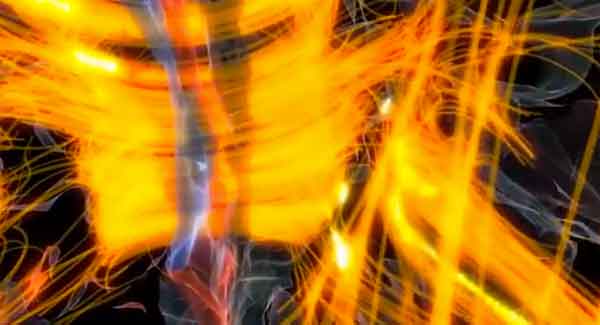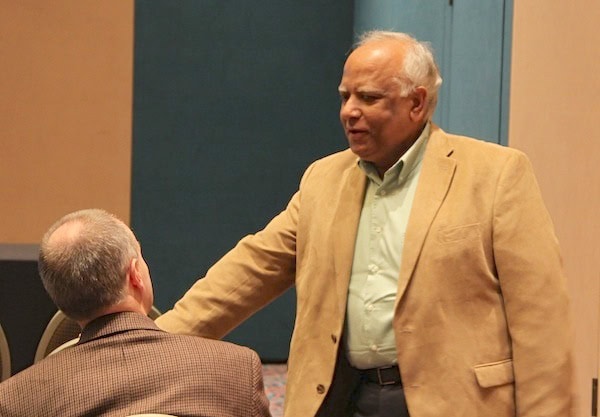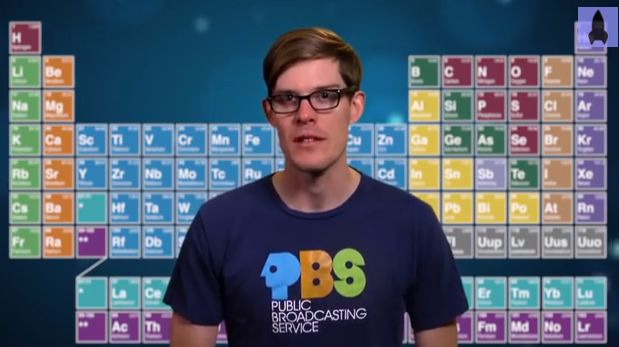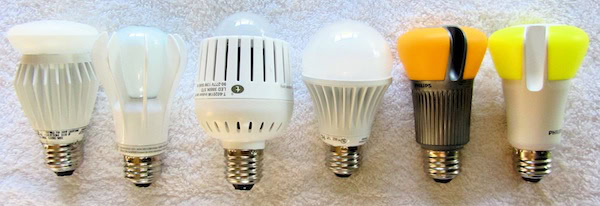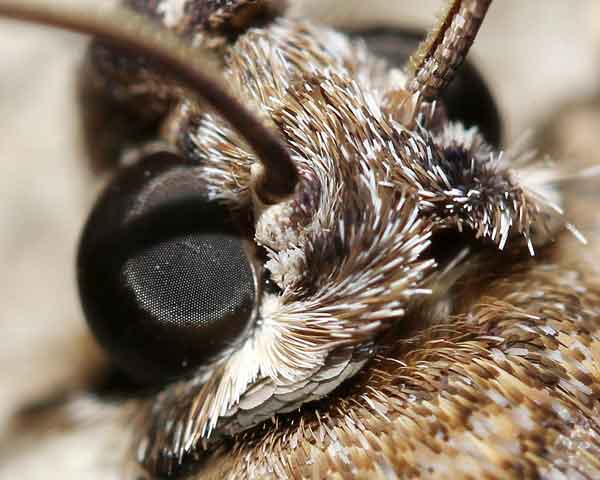Archive for 2014
Get outta my dreams, get into my car—Volvo tests magnets to guide driverless cars
Volvo Car Group announced it has completed a research project to investigate the use of road-equipped ferrite magnets to guide driverless cars.
Read MoreMind readers: ‘Glass brain’ makes big debut at SXSW, but does it actually reveal our thoughts?
The Glass Brain project showcased at the SXSW interactive festival provides a crystal-clear picture of what’s happening in our heads.
Read MoreSingh to receive Toledo Glass and Ceramic Award at April 17 event
The Michigan/NW Ohio Section of The American Ceramic Society will give its 2014 Toledo Glass and Ceramic Award to Mrityunjay (Jay) Singh on April 17.
Read MoreVideo: How the elements got their names
Joe Hanson, host of the PBS series “It’s Okay to Be Smart,” rhymes through the names behind elements of the Periodic Table.
Read MoreMonitoring faults in industrial machines—an ultrasonic sensor to maximize efficiency
European researchers have developed a new ultrasonic sensor that can detect faults in industrial machines to prevent machine breakdown and failure, and ultimately improve efficiency.
Read MoreACerS/Wiley Download Direct program: Try it out!
Have you tried the ACerS/Wiley Download Direct program? ACerS’ publishing partner Wiley has made 500 journal articles per month from…
Read More‘Superbowl of STEM’ brings together big names to spark students’ interest in science
Some of the biggest names in science (and Hollywood!)—along with an additional 350,000 visitors, many of them K-12 students—are expected to attend the 3rd USA Science & Engineering Festival (USASEF), April 26–27, at the Walter E. Washington Convention Center in Washington, D.C.
Read MoreCosintering commercially available glass frit and phosphors to convert blue LED light into warm white light
Cosintering commercially available glass powders with Ce3+:YAG phosphors converted LED blue light into warm white light.
Read MoreMore than meets the eye: An antireflective coating modeled after moth eyes
A self-cleaning, anti-reflective coating that mimics the structure of moth eyes could find application in windows that clean themselves and solar panels that are more efficient.
Read MoreNews from the glass and refractory ceramics world
News from the glass and refractory ceramics world
Read More
